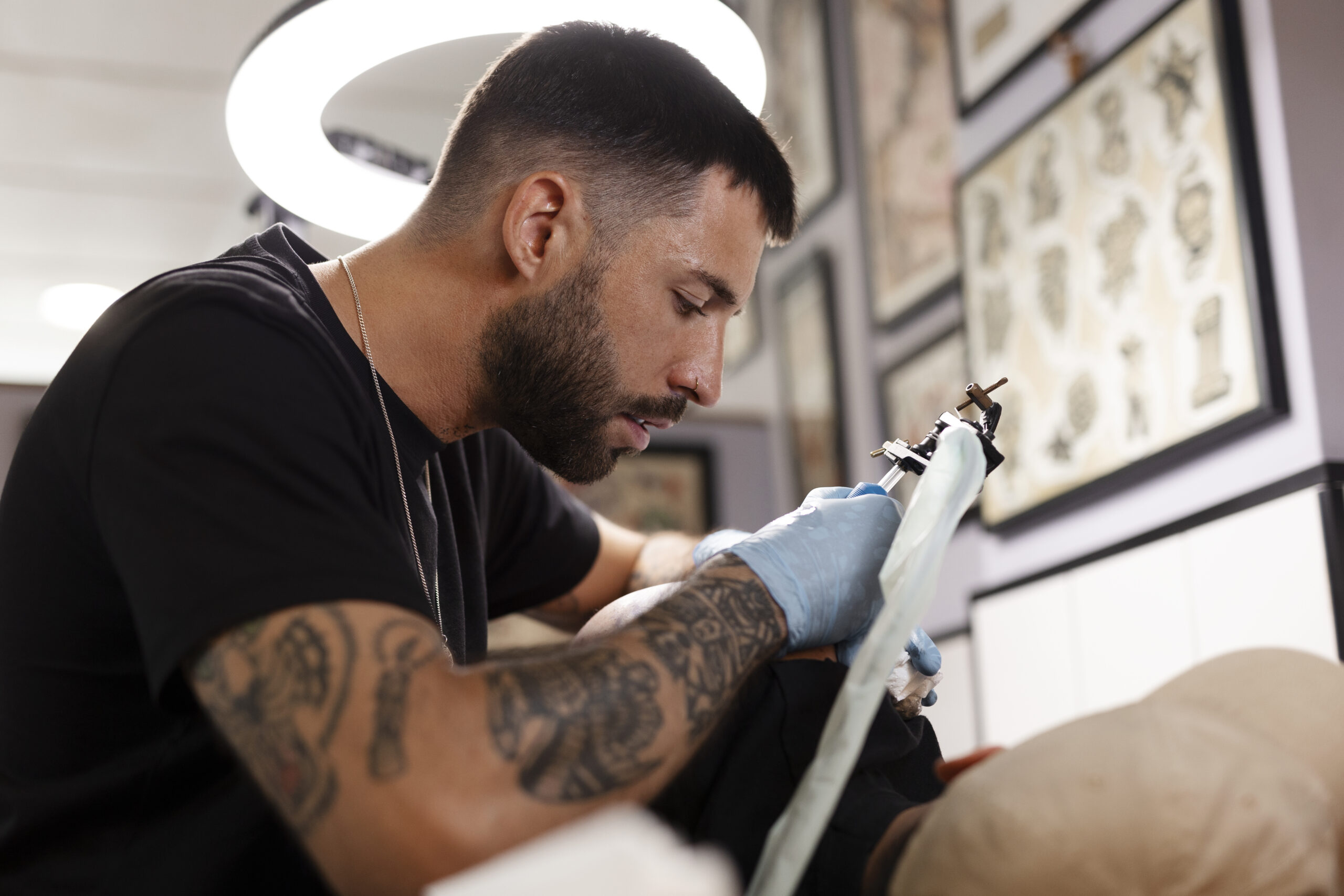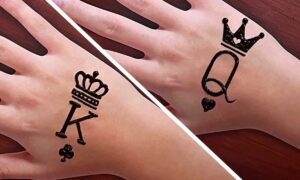In an age where individuality is celebrated and personal expression is more important than ever, body art has become a powerful tool for many. Tattoos and piercings—once taboo or limited to specific subcultures—have now gained mainstream acceptance, evolving into a form of self-expression, storytelling, and identity. Whether it’s a delicate earlobe piercing or a full-sleeve tattoo, people from all walks of life are turning to body modifications to say something unique about who they are.
This article explores the cultural significance, the rise in popularity, safety considerations, and the future of the body modification industry—especially through the lens of a modern tattoo and piercing shop experience.
A Brief History of Body Art
Tattoos and piercings have been around for thousands of years. Ancient civilizations including the Egyptians, Polynesians, Native Americans, and Japanese all practiced some form of body modification, often with deep cultural, spiritual, or social significance.
- In ancient Egypt, piercings were symbols of royalty and power.
- Polynesian tattoos were used to represent status, family lineage, and personal achievements.
- In Japan, Irezumi (traditional tattoos) conveyed both spiritual protection and artistic flair.
Today, while the meanings may have shifted, the desire to express oneself through body art remains deeply rooted in human nature.
Modern Tattoo and Piercing Culture
The transformation of the body modification world over the past few decades has been remarkable. What was once seen as rebellious or countercultural is now widely accepted—even admired.
The rise of social media has played a major role in this shift. Platforms like Instagram and TikTok have turned tattoo artists and piercers into influencers, giving the world a window into the creativity and precision behind each piece. High-quality visuals and viral content have helped normalize tattoos and piercings, especially among younger generations.
People now walk into a tattoo and piercing shop with well-researched ideas, mood boards, and inspiration from across the globe. The average customer is more educated, more confident, and more excited about the entire experience than ever before.
Tattoos: More Than Just Ink
Tattoos are no longer just for bikers, rock stars, or fringe groups. They are now seen as CEOs, doctors, teachers, and entrepreneurs. And each tattoo tells a story.
Personal Meaning
For some, tattoos mark major life events—births, deaths, personal victories, or moments of transformation. For others, it’s about beauty, symmetry, or celebrating their cultural roots.
Artistic Expression
Modern tattooing is an art form. Artists spend years honing their craft, mastering styles such as realism, geometric, watercolor, traditional, blackwork, and minimalism. Walking into a high-end tattoo and piercing shop today feels like entering an art gallery where the human body is the canvas.
The Appeal of Piercings
Piercings have also grown in popularity and variety. From the classic earlobe to more intricate placements like the daith, septum, or dermal anchors, piercings are becoming more creative and expressive.
Style & Aesthetic
Piercings add flair and edge to one’s look. With modern jewelry options—like gold, titanium, diamonds, and intricate designs—piercings are no longer just metal through skin; they’re fashionable statements.
Cultural & Spiritual Roots
In many cultures, piercings still carry deep spiritual or traditional meanings. In others, they’re simply rites of passage or symbols of beauty and maturity.
Choosing the Right Tattoo and Piercing Shop
Choosing the right place for a tattoo or piercing is crucial. Safety, hygiene, professionalism, and artistic talent all matter. A reputable tattoo and piercing shop prioritizes not just aesthetics but also the health and comfort of its clients.
What to Look For:
- Sterilization & Cleanliness: All equipment must be sterilized, and the environment should be spotless.
- Certifications: Licensed artists and piercers should display their qualifications openly.
- Portfolio & Style Match: Review the artist’s previous work to ensure their style aligns with your vision.
- Aftercare Guidance: A good studio will educate you on aftercare to ensure proper healing.
Never rush into a decision. Your body is the canvas, and permanence deserves patience.
The Psychological Impact of Body Modifications
Tattoos and piercings can be incredibly empowering. Many people report feeling more confident, more “themselves,” or more in control of their bodies after getting body art.
- Healing from Trauma: Some use tattoos to cover scars or reclaim ownership of their bodies after traumatic events.
- Self-Identity: For people in the LGBTQ+ community, neurodivergent individuals, or those breaking away from conservative upbringings, body modifications can be a form of claiming personal identity.
- Community Belonging: Shared tattoos or cultural piercings can create a sense of community and shared history.
Risks and Realities
While the experience can be positive, it’s important to approach body modification with realism and responsibility.
Common Risks:
- Infections: Poor hygiene or improper aftercare can lead to infections.
- Allergic Reactions: Some people react to certain metals or inks.
- Regret: While tattoo removal is possible, it’s painful and expensive. Make sure you’re 100% certain about your design and placement.
Red Flags in a Shop:
- No visible license
- Dirty workspace
- Unwillingness to answer questions
- Negative reviews or no online presence
Trends in Tattoos and Piercings
The body modification industry continues to evolve, with new trends emerging regularly.
Tattoo Trends:
- Fine Line Tattoos: Minimalist designs with intricate details.
- Handpoke Tattoos: DIY-style tattoos gaining popularity for their raw and personal feel.
- Augmented Reality Tattoos: Tattoos that come to life using mobile apps and animation.
Piercing Trends:
- Curated Ears: Combining multiple ear piercings with high-end jewelry.
- Stacked Piercings: Doubling or tripling piercings in a small area for a layered look.
- Unusual Placements: Surface and dermal piercings on places like the collarbone or sternum.
These trends reflect a shift from “just getting a tattoo” to crafting a visual story on the body.
The Future of the Industry
The tattoo and piercing shop of the future will likely look different from what we see today. Advancements in equipment, digital design tools, and even augmented reality consultations are on the rise. Customers will continue to demand safer procedures, more personalized designs, and inclusive spaces.
We’ll also see more crossover with fashion and wellness industries, as tattoos and piercings become integrated with skincare, makeup, and overall style.
Inclusivity and diversity will continue to shape the industry as well. Studios that cater to all skin tones, gender identities, and cultural backgrounds will lead the way in creating welcoming environments.
Final Thoughts
Tattoos and piercings have transcended the labels once placed on them. They are no longer just “trendy” or “rebellious”—they’re deeply personal, artistic, and powerful tools of self-expression. Whether you’re commemorating a life event, showcasing your aesthetic, or simply trying something new, body modification offers a lasting way to carry your story with you.
But with this power comes responsibility. Research, reflection, and choosing the right professionals will ensure your body art remains a source of pride and empowerment for years to come.

































